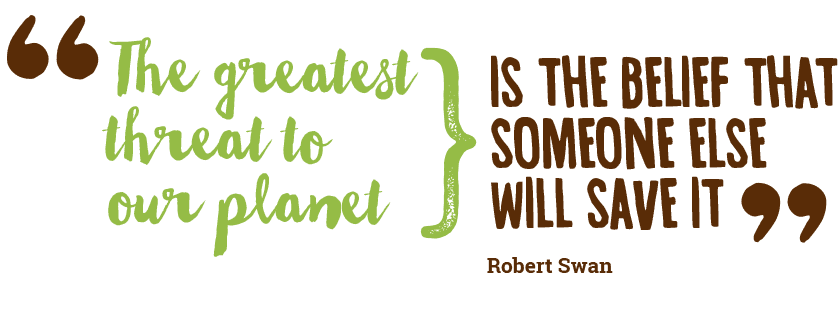- Accommodation

Winters in Glenorchy can be quite cold, with temperatures falling below freezing at night. Locals often use a lot of energy keeping their homes warm when the thermometer dips.
At Camp Glenorchy, our goal of achieving Net Zero energy means we have to be mindful of every bit of energy we use, while offering cosy cabins that keep our guests comfortable regardless of how cold or warm it is outside.
To experiment with the best way to do this, we turned the existing staff house near the campground into a living, working ‘Test Lab’. A team worked throughout the winters of 2015 and 2016 to try out a variety of systems for potential use in our Camp Glenorchy guest cabins. What started out as a test of different types of control systems ended up teaching us a lot about how important it is to get the balance right between guests’ needs, preferences, technology, and our local climate.
Burgess and Chloe, students specialising in electrical engineering and user experience design, took a break from their studies and arrived on site just as winter 2015 kicked in. They immediately began working with Evident, an Auckland-based company that is developing the energy management system for Camp Glenorchy.
Burgess was highly motivated to connect the energy management system to the systems used to provide hot water and heating in the Test Lab: with his four housemates each wanting hot showers each morning, he needed to learn what worked most efficiently very, very fast! Real-life testing also allowed him to determine whether the systems were working and, more importantly, how to control them to work in concert with each other to keep the house warm and the showers hot using as little energy as possible.

Figure 1- Test Lab's space and water heating system
Camp Glenorchy energy use will be reduced in part by switching things off when they’re not needed, sometimes automatically. The Test Lab has given us an opportunity to figure out when powered devices may not be needed. Rooms were fitted out with three types of sensors to help test this:
Chloe’s background in user experience (UX) design helped her design a software app to allow guests to control the various heating and lighting systems in their cabin and then show them how their choices are reflected in their own energy and water use during their stay.
Living in the Test Lab with their housemates gave Chloe and Burgess insight into how the app and the various automated cabin systems would – and wouldn’t – end up working well for guests. As the winter progressed it became clear that while it was possible to use technology to control many aspects of the indoor guest environment, sometimes it got in the way.
For example, presence sensors didn’t always work when people were sitting still, as Burgess found out when the light automatically switched off while he was reading in bed. And relying solely on the app to switch lights on and off turned out to be confusing even for Chloe, who found herself instinctively reaching for wall switches when she entered a room.
The Test Lab has been invaluable for figuring out what will work best for our guests at Camp Glenorchy. Not only has it allowed us to test the energy control systems we’re planning for our guest cabins, it has also provided an incubator where discipline experts who don’t normally talk to each other on a project are proactively sharing their knowledge and exploring new ideas together.
The lessons we’re learning from the Test Lab are helping us design and build comfortable, energy-efficient cabins our guests can enjoy year 'round. The cold showers Burgess, Chloe and their housemates experienced when they moved into the Test Lab, and the confusion caused by searching for light switches that weren’t there are examples of what we’ve been able to test and fix. As a result, the cabins at Camp Glenorchy will welcome our guests into a comfortable, healthy environment using the least energy possible – whether it’s snowing, or sunny and delightfully warm outside.


